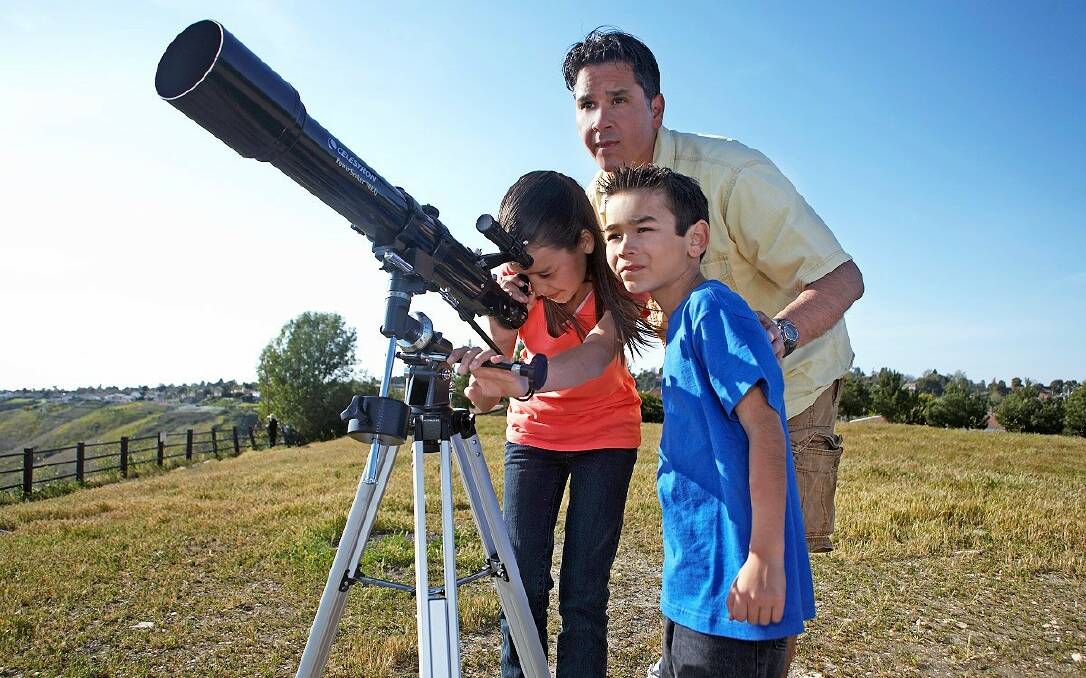
It’s in the stars
David Reneke
I’m often asked, what’s the best piece of advice for a new telescope user?
Subscribe now for unlimited access.
$0/
(min cost $0)
or signup to continue reading
“My answer is always the same – get away from the city lights,” said Dave Reneke, writer and publicist for Australasian Science Magazine.
“Unless you've been living a hermit's life on a remote mountaintop for the past decade, you know that light pollution is slowly white washing the stars from view.”
How many of you can claim that your favourite stargazing spot is as dark now as it was five years ago, let alone 10 or 20?
Depending on where you live, as little as five kilometres can make a big difference in the amount of light pollution. For the ordinary enthusiast like you it won’t really matter if all you want is a quick look at the moon, but for fainter objects do avoid the glare of street lights if you can.
“OK, clean the scope, we’re heading outdoors again,” Dave said.
“There’s a nice late rising moon this week and to some this is the ideal time to go stargazing, but it has problems.”
The moon is a form of natural light pollution, in fact moon glow can wash out one third of the night sky.
A lot of serious astronomers do their viewing when there is no moon or when it’s a crescent or quarter phase. It just works better.
“I guess the best thing you can do with your telescope is to join an astronomy club,” Dave said.
“These guys and gals really know the night sky and will be only too happy to show you how to get the best out of your instrument. Joining a club gives you access to other people’s telescopes.”
Like anything in life there’s nothing more valuable than hands on experience with a lot of assorted brands and models by people who will give you beneficial advice and recommendations. Heed Dave’s advice. It’ll cost you nothing.
Have you ever heard the saying “Red sky at night, sailor’s delight – red sky in the morning, sailor’s warning”?
Is it true or just an old wives’ tale? Well, in reality it works. It’s probably a better indicator than the TV weather guy!
The colours we see in the sky are due to the rays of sunlight being split into rainbow like colours as they pass through the atmosphere and bounce off the water vapour and particles in the atmosphere. They’re good indicators of weather conditions and they also determine which colours we will see in the sky.
A red sky in the morning (sailor’s warning) means bad news. A red sunrise reflects the damp dust particles of a system that has just passed from the west. This indicates that a storm system may be moving to the east. If the morning sky is a deep fiery red, it means high water content in the atmosphere. So, rain is on its way.
“Bet you didn’t know all that,” Dave said.
“It just goes to show how much truth there sometimes is in old proverbs and old wives’ tales, doesn’t it?”
For a free 323 page e-book The Complete Idiots Guide to Astronomy see Dave’s website.

